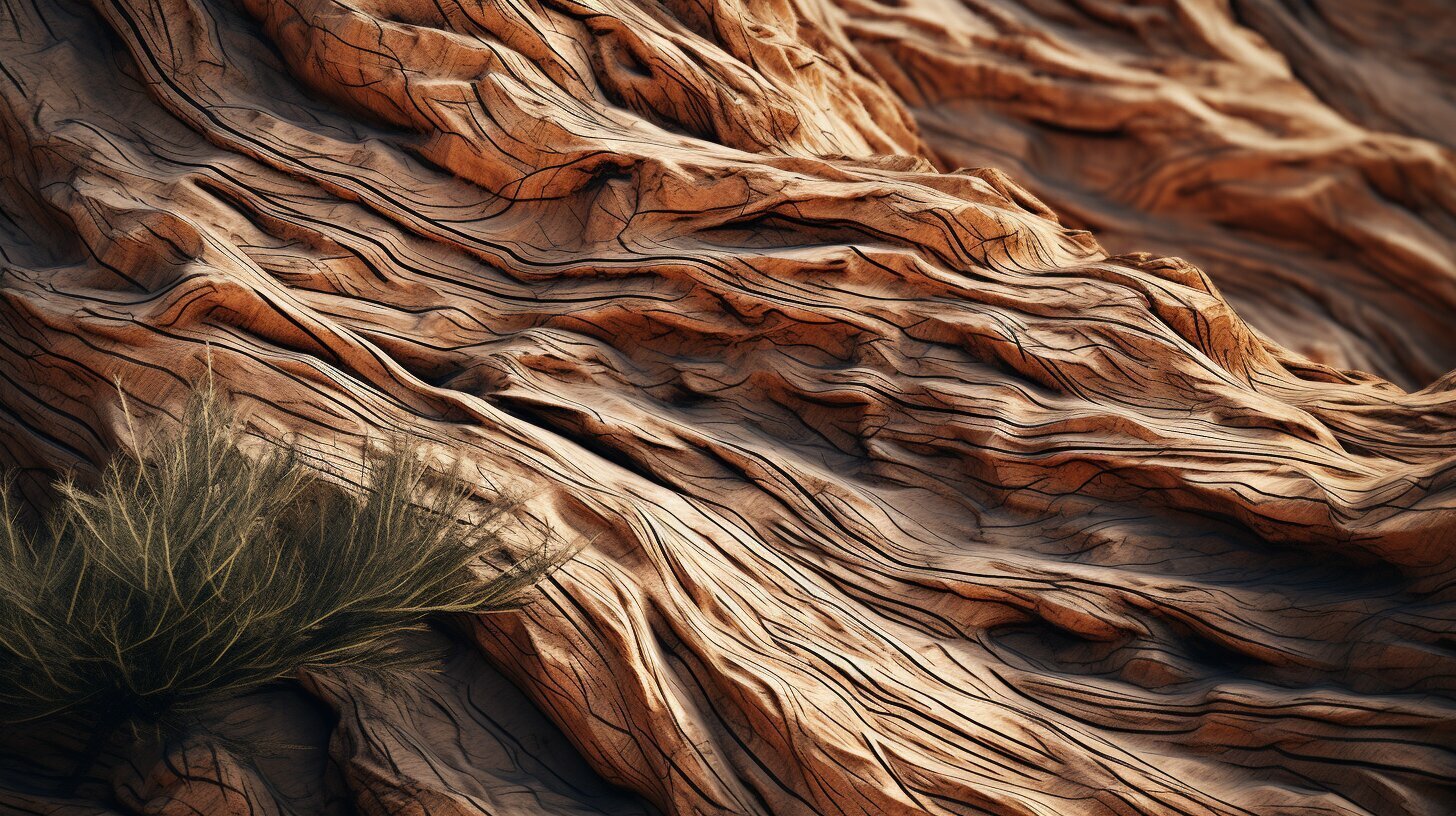Table of Contents
- Exploring the Ancestry of the Deodar Cedar
- Unique Features of the Deodar Cedar Tree
- Benefits of Planting Deodar Cedar Trees
- Caring for Deodar Cedar Trees
- Landscaping Ideas with Deodar Cedar Trees
- Popular Varieties of Deodar Cedar Trees
- Conclusion
- FAQ
- Q: How tall can a deodar cedar tree grow?
- Q: Are deodar cedar trees suitable for small gardens?
- Q: Do deodar cedar trees require a lot of maintenance?
- Q: Can deodar cedar trees withstand cold climates?
- Q: How fast do deodar cedar trees grow?
- Q: Are deodar cedar trees resistant to pests and diseases?
- Q: Can I plant multiple deodar cedar trees close to each other?
- Q: Do deodar cedar trees shed their leaves?
- Q: Can deodar cedar trees be used for windbreaks?
- Q: Are deodar cedar trees suitable for coastal areas?
The deodar cedar tree, also known as the deodar cedar, is a magnificent evergreen, coniferous tree that has captured the attention of landscaping enthusiasts and nature lovers worldwide. This majestic tree offers a unique set of features and benefits that make it an outstanding addition to outdoor spaces.
Key Takeaways
- The deodar cedar tree is an evergreen, coniferous tree that offers a unique set of features and benefits.
- It originates from the Himalayan region and is adaptable to different climates and soils.
- Deodar cedar trees are fast-growing and can reach an impressive height, making them a striking addition to landscaping projects.
- They provide shade, windbreaks, and privacy, and enhance the aesthetics of gardens and parks.
- Deodar cedar trees require proper care and maintenance, including watering, fertilization, pruning, and protection from diseases and pests.
- They are versatile and can be incorporated into various garden styles, from Japanese gardens to contemporary designs.
- There are several popular varieties of deodar cedar trees to choose from, each with unique traits and growth habits.
Exploring the Ancestry of the Deodar Cedar
The deodar cedar, also known as the Himalayan cedar, is a native tree of the western Himalayas, specifically the regions of Pakistan, India, and Afghanistan. Its name is derived from the Sanskrit word “devdar,” which means “timber of the gods.”
This majestic evergreen coniferous tree can grow up to 240 feet tall and 13 feet in diameter, making it an impressive sight to behold. It has long, drooping branches that add to its graceful appearance, and its needle-like leaves are a distinct silvery-blue color.
The deodar cedar is well-adapted to a variety of climates and soil types, though it thrives in moist, well-drained soil at high altitudes. In its natural habitat, it plays an important ecological role as a stabilizer of steep slopes and as a source of food and shelter for various wildlife species.
Exploring the Ancestry of the Deodar Cedar Varieties
There are several varieties of deodar cedar, each with its unique traits and growth habits. The most common types include:
| Variety | Description |
|---|---|
| ‘Aurea’ | This variety boasts golden-yellow foliage that adds a vibrant contrast to any landscape. |
| ‘Kashmir Sapphire’ | This variety has a distinct blue hue to its needles that gives it a unique appearance. |
| ‘Silver Mist’ | This variety has a silvery-white tint to its needles, creating a shimmering effect when the sun hits it. |
Regardless of the variety, the deodar cedar tree is a stunning addition to any landscape, imbuing a sense of natural beauty and tranquility.
Unique Features of the Deodar Cedar Tree
The deodar cedar tree boasts of several unique features that make it a popular landscaping tree around the world. One of the most outstanding attributes of this tree is its fast growth rate, which enables it to reach heights of up to 60 feet within 20 years. This quality makes it an ideal tree for homeowners and landscapers who desire a quick-growing tree that provides ample shade.
Another striking feature of the deodar cedar is its lush foliage, which consists of needles that are a blue-green color and up to 2 inches long. The foliage is also soft to the touch, giving it an inviting texture that adds a sense of depth and dimension to any garden. Its graceful branches have a weeping quality that provides a gentle sway in the wind, further enhancing its aesthetics.
This evergreen tree also has a distinct appearance that sets it apart from other trees. Its trunk is covered with a reddish-brown bark that peels in thin strips as the tree matures, revealing a light grey bark underneath. In addition, its conical shape and symmetrical branching pattern make it a popular choice for ornamental planting.
Benefits of Planting Deodar Cedar Trees
Deodar cedar trees are a favored landscaping tree for their ornamental value and ability to enhance the aesthetics of gardens and parks. These trees can add a dramatic appeal to any landscape with their attractive coloration and dense foliage. They are also excellent shade trees, providing a natural, cooling canopy during the hot summer months.
The deodar cedar tree can grow up to 80 feet tall, offering a majestic presence in any outdoor setting. These trees also function as windbreaks, protecting gardens and landscapes from harsh winds and snowfalls. Additionally, they can provide privacy due to their dense foliage, making them a suitable tree for creating screens and hedges.
One of the most appealing features of the deodar cedar tree is its resilience to adverse weather and climatic conditions. They are drought-tolerant and can withstand severe wind and frost. These trees are also naturally insect and disease-resistant, reducing a gardener’s need for pesticides, making them suitable candidates for eco-landscaping.
Deodar cedar trees are an easy-to-care-for ornamental tree, requiring minimal maintenance. Once established, these trees can thrive for years with only occasional watering and pruning. They are also evergreen trees, providing year-round greenery and beauty to landscapes.
Overall, deodar cedar trees are excellent for landscaping purposes, providing shade, privacy, windbreaks, and eco-landscaping potential. Planting these trees can significantly enhance the appearance and functionality of any outdoor space, making them a popular choice for gardeners and landscapers alike.
Caring for Deodar Cedar Trees
The deodar cedar tree is a remarkably resilient evergreen tree that can withstand various climates and soils. However, providing proper care and maintenance can enhance its health and longevity, ensuring a vibrant and beautiful addition to your landscape for years to come.
Watering
One of the essential aspects of caring for deodar cedar trees is proper watering. These trees require deep and infrequent watering, and you should avoid overwatering to prevent root rot and other diseases. During the first few years after planting, ensure that the tree receives at least an inch of water per week. Once established, reduce watering to every two to three weeks during the growing season, depending on rainfall and soil type.
Fertilizing
Deodar cedar trees do not require extensive fertilization, but a balanced granular fertilizer can promote their growth and health. Apply a slow-release fertilizer in the early spring, following the manufacturer’s instructions, and ensure that it reaches the roots.
Pruning
Pruning is vital for maintaining the shape and size of your deodar cedar tree and promoting healthy growth. The best time to prune is during the dormant season, early in the spring, before new growth appears. Remove any dead, damaged, or diseased branches, and thin out overcrowded or crossing branches to increase air circulation and sunlight penetration to the tree’s interior. Avoid excessive pruning, as deodar cedar trees do not regenerate readily.
Protection
Deodar cedar trees are generally resistant to pests and diseases, but some issues can affect their health. Watch out for spider mites, bagworms, and scale insects, and treat them promptly using appropriate insecticides or organic methods. Additionally, deodar cedar trees can suffer from sunscald and winter damage, particularly in harsh climates. Shield them from direct sunlight and wind, and provide adequate mulching to protect their roots.
Landscaping Ideas with Deodar Cedar Trees
The deodar cedar tree is a versatile landscaping tree that can add a touch of elegance and charm to any outdoor space. Here are some creative landscaping ideas that incorporate this ornamental tree:
1. Japanese Garden
The deodar cedar tree’s graceful branches and lush foliage make it an ideal choice for a Japanese-inspired garden. Plant them alongside other foliage, such as bamboo, azaleas, and ferns, to create a serene and peaceful atmosphere. Use rocks and stone lanterns to add texture and interest.
2. Mediterranean-inspired Landscapes
The deodar cedar tree’s evergreen foliage and drought tolerance make it an excellent addition to a Mediterranean-inspired landscape. Pair it with other drought-resistant plants, such as lavender, rosemary, and olive trees, to create a relaxing and inviting outdoor space.
3. Contemporary Designs
The deodar cedar tree’s unique features, such as its rapid growth rate and impressive height, make it a popular choice for contemporary garden designs. Plant them in rows to create a natural privacy screen, or use them as a focal point in a minimalist garden design.
Whether you’re designing a traditional garden or a modern landscape, the deodar cedar tree is a landscaping tree that can add beauty and value to any outdoor space.
Popular Varieties of Deodar Cedar Trees
The Deodar Cedar tree is a popular landscaping tree due to its versatility and aesthetic appeal. There are several distinct varieties of Deodar Cedar trees that are readily available in nurseries and garden centers.
| Variety Name | Description |
|---|---|
| Himalayan Gold | This variety has golden needles and is known for its compact growth habit. It’s ideal for small gardens or as a container plant. |
| Feelin’ Blue | Feelin’ Blue is a unique variety that has a bluish tint to its needles. It’s a fast-growing tree that can reach up to 50 feet in height. |
| Kashmir Sapphire | Kashmir Sapphire is a dwarf variety of Deodar Cedar tree that grows up to 6 feet in height. Its blue-green needles make it a standout in any garden. |
| Atlas Blue | Atlas Blue is a slow-growing variety that can reach up to 20 feet in height. Its blue needles and graceful branches make it a popular ornamental tree in gardens and parks. |
Each of these varieties has unique traits that make them suitable for different landscaping needs. Whether you’re looking for a compact tree for a small garden or a towering centerpiece for a park, there’s a Deodar Cedar tree that can meet your requirements.
Conclusion
With its striking appearance, fast growth, and versatility in landscaping, it’s no wonder that the deodar cedar tree is a popular choice for homeowners and landscapers alike. Whether you’re looking to add a touch of elegance to your garden or create a natural windbreak or privacy screen, the deodar cedar tree is an excellent option.
In this article, we’ve explored the ancestry of the deodar cedar tree, its unique features, and the benefits of planting it in your outdoor space. We’ve also provided practical tips for caring for deodar cedar trees and outlined creative landscaping ideas that incorporate them.
Consider Planting a Deodar Cedar Tree
If you’re looking for an ornamental tree that has both aesthetic and practical value, the deodar cedar tree is an excellent choice. Its lush foliage and graceful branches make it a showstopper in any landscape, and its ability to provide shade, windbreaks, and privacy make it a valuable asset to any outdoor space.
So why not consider adding a deodar cedar tree to your garden or landscaping project? With its resilience and adaptability, it’s sure to thrive in a variety of conditions and provide years of enjoyment and beauty.
FAQ
Q: How tall can a deodar cedar tree grow?
A: Deodar cedar trees can grow up to 150 feet tall.
Q: Are deodar cedar trees suitable for small gardens?
A: While deodar cedar trees can reach impressive heights, they can also be pruned and shaped to fit smaller spaces.
Q: Do deodar cedar trees require a lot of maintenance?
A: Deodar cedar trees are relatively low-maintenance, requiring regular watering and occasional pruning to maintain their shape.
Q: Can deodar cedar trees withstand cold climates?
A: Deodar cedar trees are hardy and can tolerate cold temperatures, making them suitable for various climates.
Q: How fast do deodar cedar trees grow?
A: Deodar cedar trees are known for their fast growth rate, often gaining 3 to 4 feet per year.
Q: Are deodar cedar trees resistant to pests and diseases?
A: Deodar cedar trees are generally resistant to most pests and diseases, but proper care and maintenance are still important to ensure their health.
Q: Can I plant multiple deodar cedar trees close to each other?
A: Yes, planting multiple deodar cedar trees in close proximity can create a beautiful and dense landscape effect.
Q: Do deodar cedar trees shed their leaves?
A: Deodar cedar trees are evergreen, meaning they retain their foliage throughout the year and do not shed leaves.
Q: Can deodar cedar trees be used for windbreaks?
A: Yes, the dense foliage and sturdy branches of deodar cedar trees make them effective windbreaks.
Q: Are deodar cedar trees suitable for coastal areas?
A: Deodar cedar trees can adapt well to coastal areas, as long as they are protected from strong winds.







